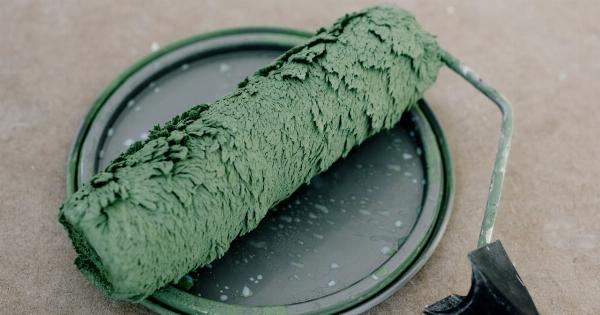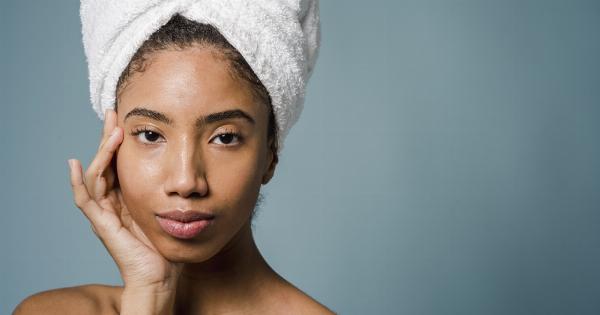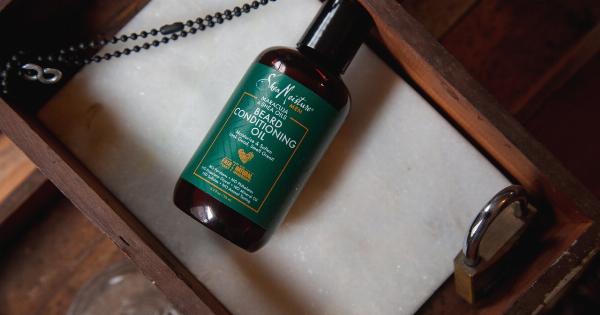Hair shades refer to the various colors that hair can naturally possess or be dyed with. From blonde to brown, red to black, and everything in between, hair shades can vary greatly.
This article will explore the different hair shades, how they are determined, and the treatments available for each shade.
Natural Hair Shades
When it comes to natural hair shades, there is a wide spectrum of possibilities. The color of a person’s hair is determined by the amount and type of melanin present in the hair follicles.
Melanin is the pigment responsible for the color of our skin, eyes, and hair. The two main types of melanin that affect hair color are eumelanin and pheomelanin.
Eumelanin is responsible for black and brown hair shades, while pheomelanin is responsible for red and blonde shades. The variations in hair shade occur due to the different amounts and ratios of these two pigments.
Black hair is the darkest natural shade and is determined by a high concentration of eumelanin. Brown hair shades can range from light to dark and are also determined by the amount of eumelanin present.
Blond hair shades occur when there is very little eumelanin and a higher concentration of pheomelanin. Red hair shades occur when there is a higher ratio of pheomelanin to eumelanin.
Artificial Hair Shades
In addition to natural hair shades, many people choose to dye their hair with artificial hair colors. This allows for a wide range of creative expression and personal style.
Artificial hair dyes come in various forms, including permanent, semi-permanent, and temporary options.
Permanent hair dyes typically contain ammonia and oxidative dyes that penetrate the hair shaft and alter the natural color pigments. These dyes provide longer-lasting results but require more maintenance as the hair grows out.
Semi-permanent hair dyes do not contain ammonia and only deposit color onto the hair shaft. They gradually fade over time and do not require as much maintenance. Temporary hair dyes provide a temporary change in hair shade and can easily be washed out.
Artificial hair shades can range from vibrant and bold colors, such as blue or pink, to more natural-looking shades like highlights or balayage.
The options are endless, allowing individuals to experiment and change their hair color according to their preferences.
Treating Different Hair Shades
Each hair shade requires specific treatments and care to maintain its color and health. Here are some tips for treating different hair shades:.
1. Treating Black Hair
Black hair requires moisture and protection to prevent dryness and breakage. Deep conditioning treatments, moisturizing shampoos and conditioners, and regular trims can help keep black hair healthy and shiny.
Avoid excessive heat styling and protect hair from UV damage to maintain the richness of the black hair shade.
2. Treating Brown Hair
Brown hair shades can benefit from color-enhancing shampoos and conditioners to maintain their vibrancy. Regular touch-ups may be needed for root maintenance if the brown shade is achieved through artificial hair coloring.
Protecting the hair from sun exposure and using heat protectant products can also help preserve the brown shade.
3. Treating Blonde Hair
Blonde hair can be prone to dryness and damage due to the lightening process required to achieve the shade. Using purple shampoo and conditioner can help counteract brassiness and maintain a cool-toned blonde.
Deep conditioning treatments, heat protectant products, and minimizing heat styling can also help keep blonde hair healthy and prevent breakage.
4. Treating Red Hair
Red hair shades require special care to prevent fading. Using color-safe shampoos and conditioners specifically formulated for red hair can help maintain the vibrancy of the shade.
Protecting the hair from excessive sun exposure and avoiding harsh chemicals or heat styling can also help preserve the red hair color.
5. Treating Artificial Hair Shades
Artificial hair shades, such as vibrant colors or highlights, may require regular touch-ups to maintain the desired look. Using color-safe hair care products and avoiding excessive heat styling can help prevent fading.
Additionally, deep conditioning treatments and protecting the hair from UV damage can help preserve the color and overall health of the hair.
In Summary
Hair shades range from natural hues to vibrant artificial colors. The color of hair is determined by the type and amount of melanin present in the hair follicles.
Treating different hair shades requires specific care and maintenance to preserve the color and health of the hair. Whether it’s black, brown, blonde, red, or an artificial hair shade, taking proper care and using the right products can help individuals achieve and maintain their desired hair color.





























